We put trust in our CNC machining, which benefits our clients' perfect control of 0.01mm accuracy and 8 working days lead time.
- Home
- Services
- Industries
- Automation
- Consumer Electronics
- Medical CNC Machining
- PCB Milling
- Aerospace Machining
- Automotive CNC Machining
- CNC Machined Bicycle Parts
- CNC Bottle Opener Machining
- CNC Camshaft Machining
- CNC Screw Machining
- CNC Machining Spare Parts
- CNC Piston Machining
- CNC Machined Gifts
- CNC Machined Fly Wheel
- CNC Machined Safety Razor
- CNC Machined Fidget Spinner
- CNC Machined Dice
- CNC Machined Chess Pieces
- Gallery
- Resources
- About Us
4-axis CNC Machining Services
TOPS Precision offers you the latest in 4-axis CNC machining services that offer accurate and efficient results for your part. We have assembled a group of experts in manufacturing with the correct equipment to assist industries globally.
- Tolerances: ±0.001”
- Support: 24/7 Technical Assistance
- Certifications: ISO 9001 & ISO 13485
- Custom Options: OEM/ODM Available
Don’t wait—Order Your 4-Axis CNC Custom Quote Here Today!
Send Your Inquiry Today

What is a 4-axis CNC Machine?
4-Axis CNC machining is a sophisticated computer numerical control that extends the rotation movement of the A-Axis in the originally conventional 3-axis machining. This machine can manipulate a workpiece on four axes: X, Y, Z, and an A (or B) axis to offer increased versatility for applications that involve cutting intricate and difficult-to-accomplish shapes and geometries into a part.
Principle of Operation of a 4-axis CNC Machine
Here in a 4-axis CNC machine, the A-axis is commonly the rotational axis that is in a plane with the X-axis. It means that with this additional rotation, the workpiece can be machined on all its surfaces without requiring operator intervention. This setup brings accuracy, saves time, and also offers the ability to handle more complicated designs. Here’s a step-by-step breakdown of the working process:
Send Your Inquiry Today
- Design and Program – The current workpiece was designed using a CAD/CAM system, with an effective or compatible program obtained.
- Machine setup – The workpiece is located on the machine and reference points for the tool are confirmed.
- Machining – The machine can move along the X, Y, and Z axes, and the 4 axes to machine the part at any angle.
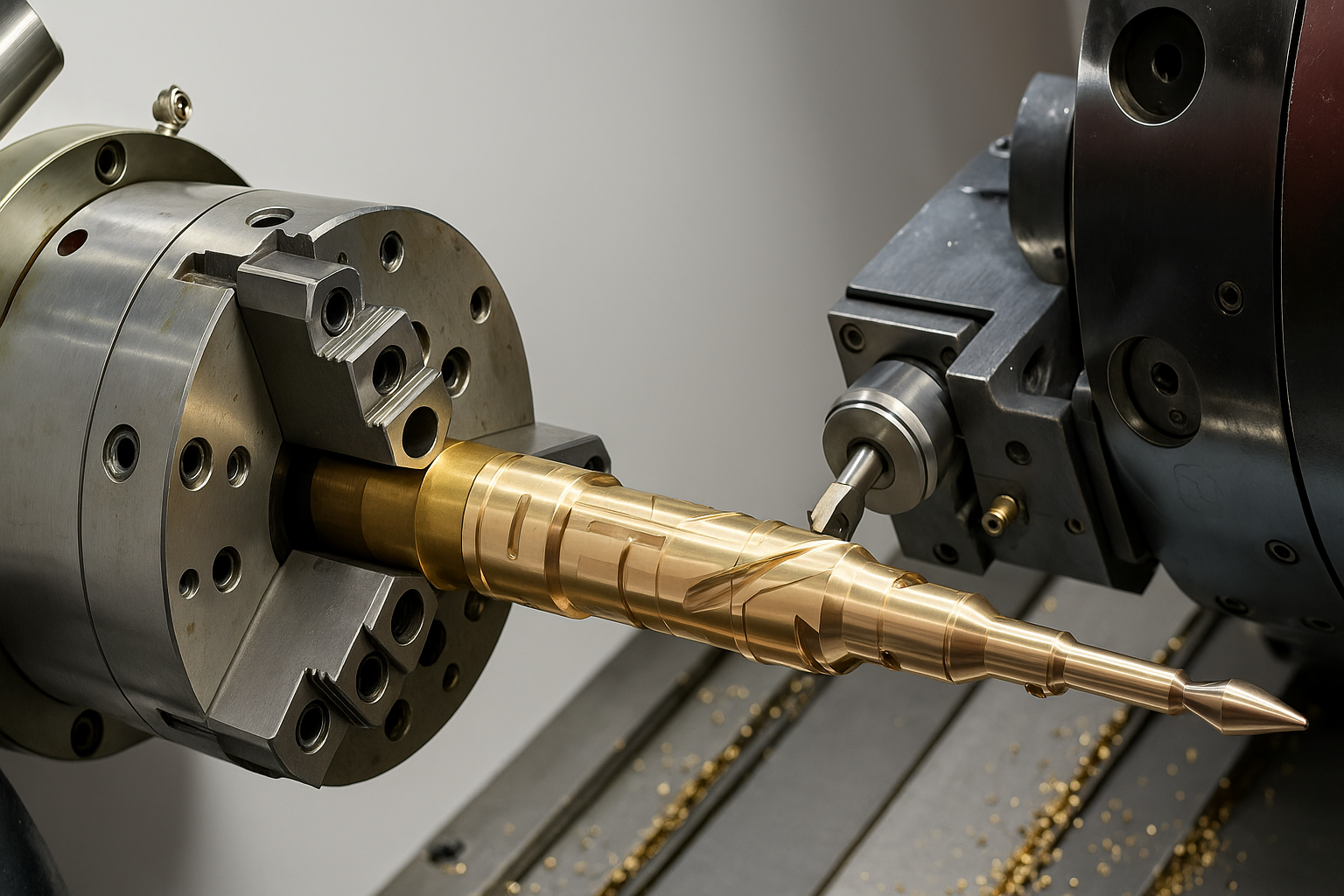
Types of 4-Axis CNC Machining
Here are the different kinds of 4-axis CNC Machines we use:

Continuous Machining 4-Axis
With this, the tool operates on all four axes during the machining process especially when working on hard 3D designs that require consistent contouring. This method is frequently applied in aerospace and power industries especially when working with hard-to-machine materials such as turbine blades and impellers which need multiple inclined cutting edges. Integrated continuous machining further improves surface finish and shortens the machining time because all axes can move in concert without breaks to make a single cross-cutting movement across the desired surface.
Indexing 4-axis Machining
Here, the workpiece is rotated in small steps on the A-axis and then it remains aligned only at certain angles for machining. This approach is often adopted as the cutter is not required to turn often for multi-sided parts that are non-rotational such as box or prismatic shaped workparts. That is a more efficient solution with high accuracy for basic geometries, which allows it to be applied to molds, housings, and other simple mechanical parts. Some models are machined on one side of the workpiece as the other, to have standardization of the various parts.
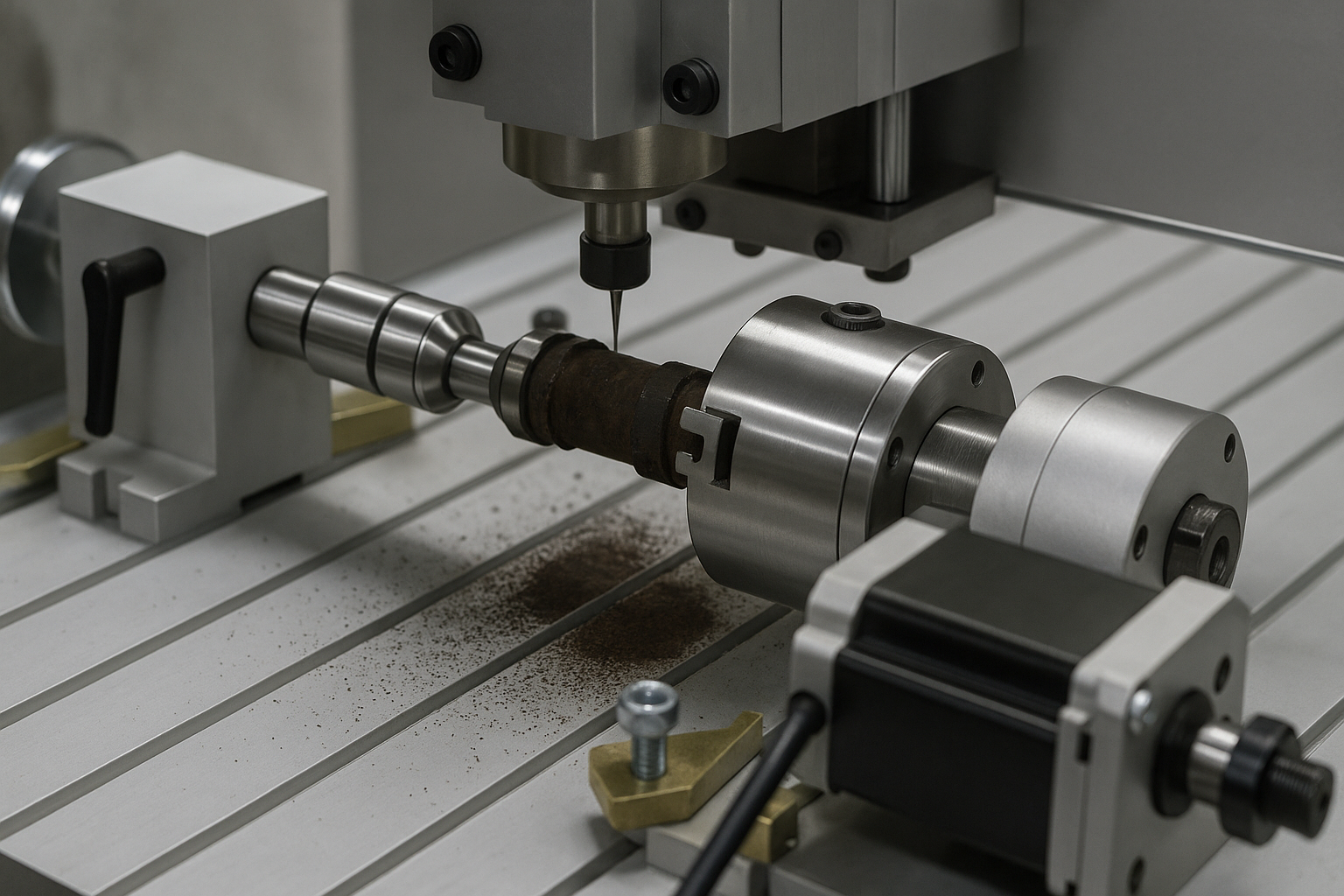
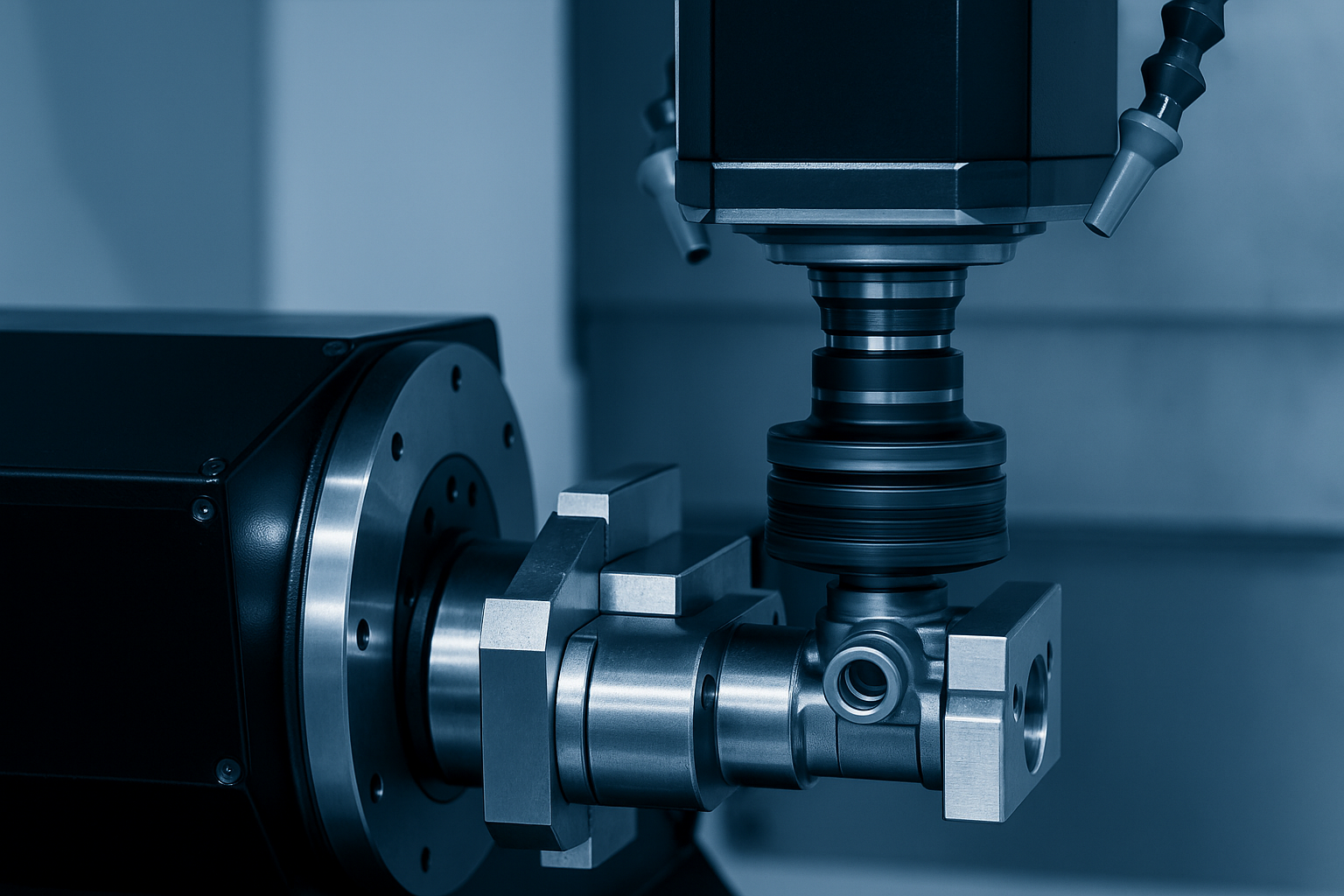
Rotary 4-axis Machining
It can turn the workpiece on the A-axis while the cutting tool is unaffected on other axes. This technique is particularly ideal when the shaped parts are round or cylindrical such as shafts, rollers, or gears that require a highly finish surface. Rotary machining reduces the time taken to reposition the workpiece and results in evenly distributed cutting on the circumference of cylindrical parts which makes the process efficient for use in cutting symmetrical features on cylindrical workpieces.
Wrap Machining (Cylinder Wrap)
Here, the cutting tool surrounds the cylindrical contour of the workpiece through the A-axis rotation and can perform sequential engraving or develop any uneven figure on cylinders. It is mostly employed while carving text or other patterns on circular items that include pipes for cigarettes or artistic jewelry.
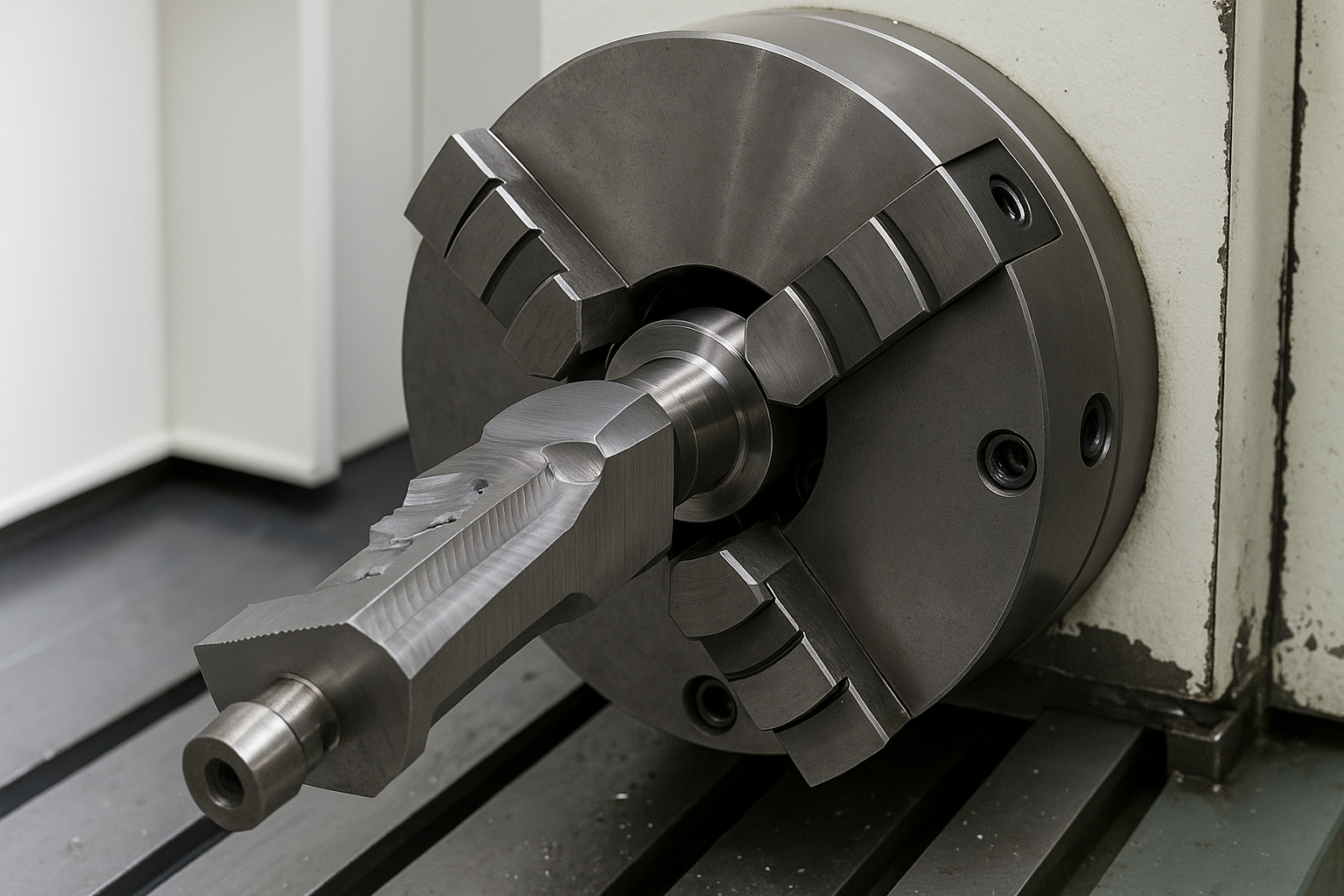

Simultaneous 4-Axis Machining
Like continuing machining but again more focused on producing types of molds for the complex shapes where controlling each tool past four-axis adjustment is necessary. It is used in machining parts with compound fringes that have very random appearances and require smooth and consistent adjustment of all the axes to acquire certain geometry.
4-Axis High-Speed Machining
This technique is characterized by fast and continuous tool movement and a high cutting speed on all four axes, while operation time is maximized and geometric accuracy is minimized. Its use is best suited for mass production where the highest precision is necessary for successful manufacturing of products, i.e. automobile engines, electronics casing, and many more.
Contour 4-Axis Machining
Its intended application is to generate intricate forms of contouring on the workpieces. This may be a combination of flat and cylindrical surfaces and employed when a part has some curved as well as straight edges or features thus the cutting tool can adapt to contour change along the A-axis.
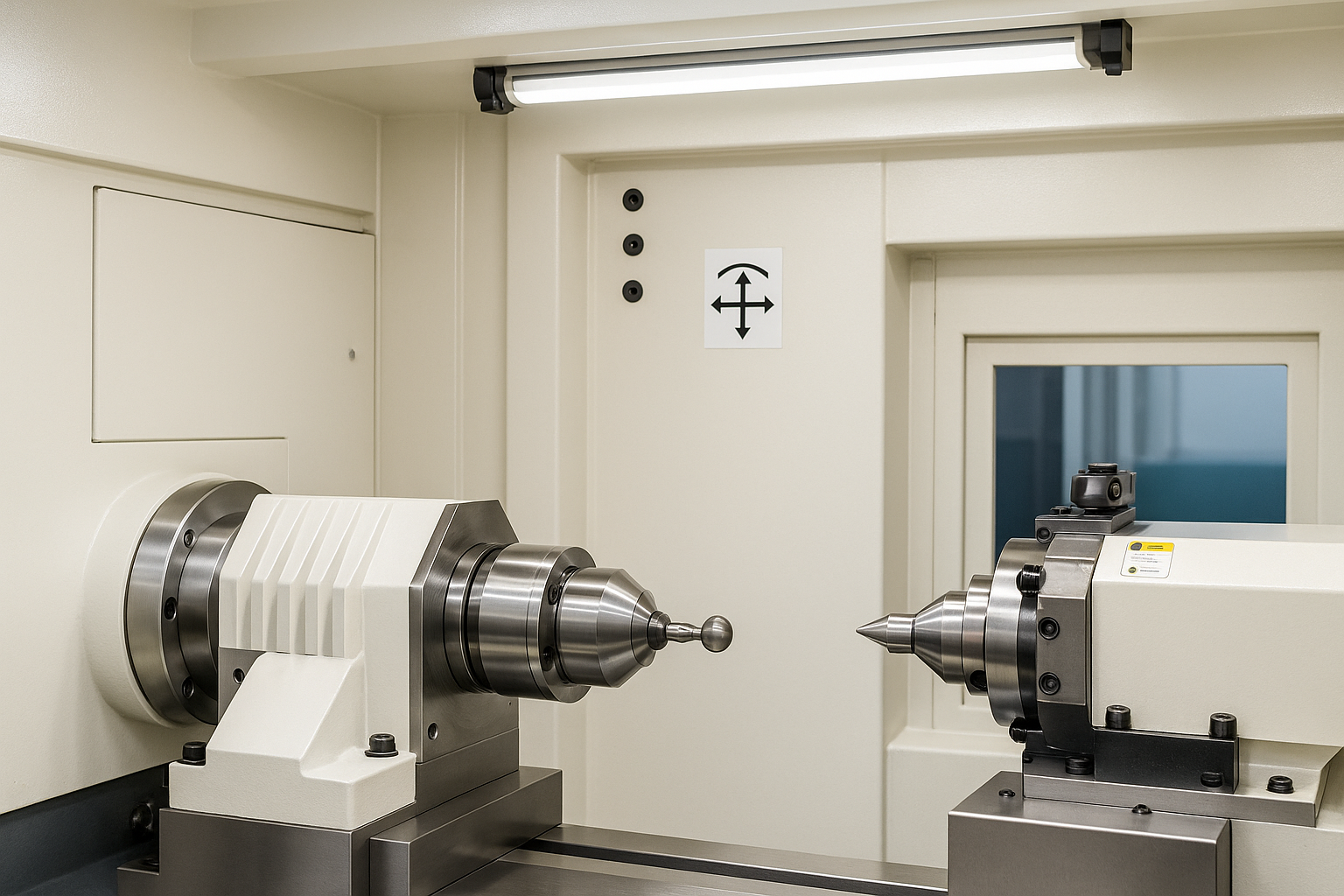

4-Axis Twin-Spindle Machining
Some of the latest 4-axe CNC machines are developed with twin-spindle systems in which two spindles work on different parts of the workpiece at a time. This setup enhances efficiency and is preferred under high-production processes because it is possible to work on the various sides or sections at once.
Optimal Materials and Applications in 4-Axis CNC Machining
| Material | Properties | Applications | Advantages |
| Aluminum | Lightweight, high strength-to-weight ratio | Aerospace, automotive, electronics | Affordable, machinable |
| Steel | High strength, durable | Structural parts, machinery, molds | Versatile, available in grades |
| Stainless Steel | Corrosion-resistant, high durability | Medical, food processing, marine parts | Withstands harsh environments |
| Brass | Low friction, conductive | Plumbing, electrical connectors | Recyclable, aesthetic |
| Titanium | High strength-to-weight, biocompatible | Medical implants, aerospace | Lightweight, durable |
| Copper | High thermal/electrical conductivity | Electrical parts, heat sinks | Excellent for thermal uses |
| Plastics (ABS, POM) | Lightweight, chemical-resistant | Prototyping, consumer goods | Easy to machine, cost-effective |
| Carbon Fiber | High strength, rigid | Aerospace, automotive, sports gear | Lightweight, advanced strength |
| Magnesium | Very lightweight, moderate strength | Aerospace, electronics | Ideal for weight-sensitive |
| Tool Steel | High hardness, wear-resistant | Cutting tools, molds | Precision, high durability |
| Inconel | Heat-resistant, tensile strength | Turbines, high-temp parts | Extreme durability in heat |
Advantages of 4 Axis CNC Cutting Machines
- Improved Precision: It has a higher accuracy in complicated structures than a one-axis turn-mill machine tool.
- Reduced Production Time: Integrated part manufacturing without body jigs.
- Cost Efficiency: Reducing the number of setup changes has one more advantage, it is cost and time-efficient.
- Enhanced Detail: Handling difficult designs, shapes, and peculiarities is a piece of cake.
- Versatile Applications: Appropriate for industries that need tight tolerances such as aerospace, automobile, and the health sector.
TOPS Precision – Why Choose TOPS Precision for 4-Axis CNC Machining?
At TOPS Precision, we offer quality 4-axis CNC machining services whose features are variable to ensure they meet the needs of the project. Here’s why clients trust us for their machining needs:
- Extensive Industry Experience: More than 15 years of experience in the precision machining industry.
- Certified Excellence: Conditions of both ISO 9001 and ISO 13485 were also fulfilled.
- Cutting-Edge Technology: Modern 4-axis Computer numerically controlled machines for better outcomes.
- Transparent Processes: Easy quote check and order placement to help you feel relaxed.
3-Axis vs. 4-Axis CNC Machines: Which Should You Choose?
Again, the decision about the use of 3-axis or 4-axis CNC depends on the complexity of the workpiece and the application. For simple and flat products, a simple 3-axis CNC may be enough. But for complex shapes that provide multi-faceted geometries then 4-Axis cnc machines are far more accurate and efficient than using time and money.

Give us a call today to discuss how TOPS Precision can custom build your 4-axis CNC machining needs, or to consult on how TOPS would like to become your go-to CNC precision machining service provider.
Send Your Inquiry Today
Frequently Asked Questions
We also offer 4-axis CNC machining which means that in addition to the conventional 3-axis. It has the ability to move in X, Y, and Z, whole circular movements are possible through rotary axes affecting the speed of the overall process. So, it can create complicated parts rotated at various angles.
Several industries like aerospace, automotive, medicine, and electronics get a lot of benefits from 4-axis machining because of the speed and high accuracy along with the complexity of geometries through 4-axis rotary tables.
Yes, 4-axis CNC machining is capable of meeting high tolerance demands commonly within ± 0.005mm. So, it can be used where detailed and complicated part designs are used.
4-axis machining offers increased precision and throughput for disks with steep edge inclines, lowers the risk of part shifting, and permits effective milling in one clamping operation.
Continuous 4-axis machining enables all four axes to move at once freely for complicated structures like the blade head. The indexing rotates the workpiece in the desired step sizes to perform simple, sequential operations on the multi-faceted bluff.
